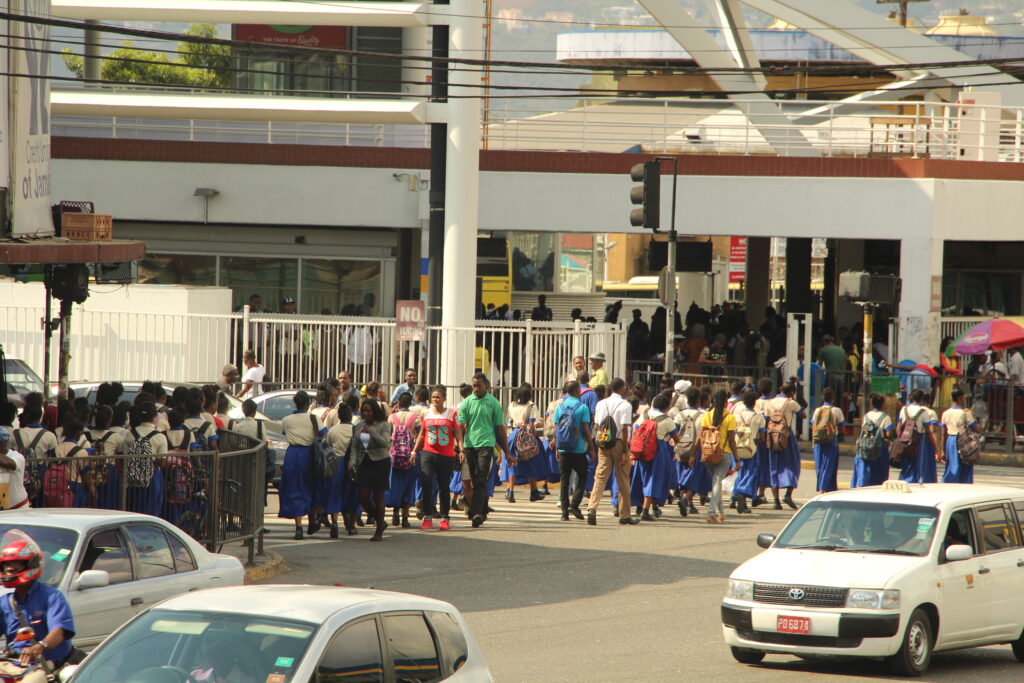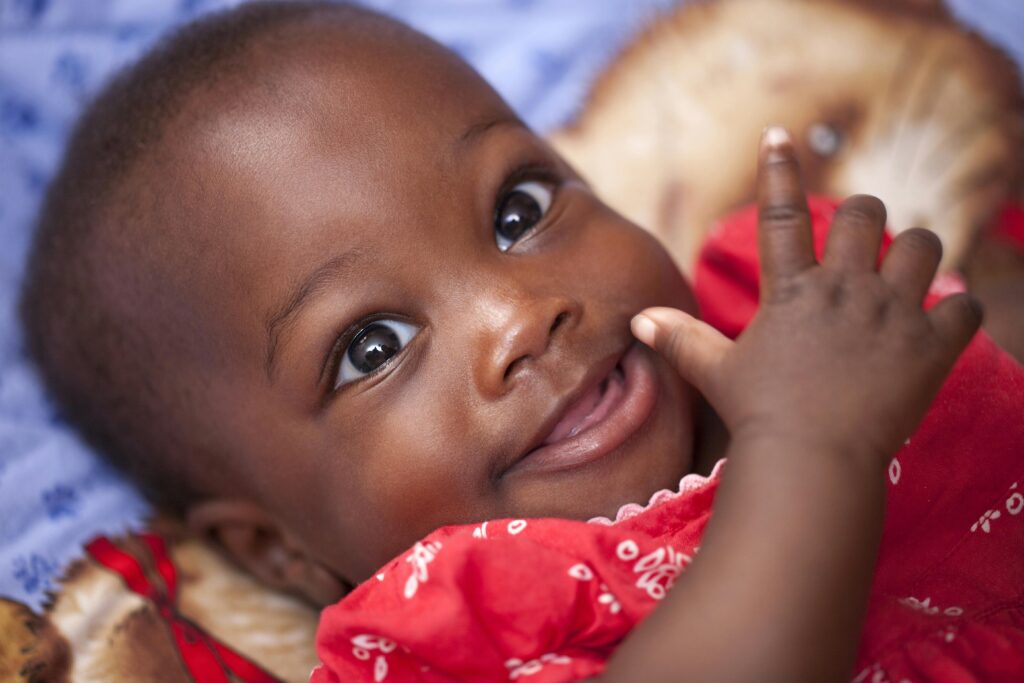

Durrant Pate/Contributor
Demographic factors, such as low birth rates, or below-replacement-level fertility, relatively low deaths rates and high external migration rates have influenced a decline in Jamaica’s population growth.
Data from the recently released Economic and Economic Survey Jamaica 2023 shows that Jamaica’s population continues to age as well. The Planning Institute of Jamaica (PIOJ), which publishes the survey explains, “These existing demographic features place Jamaica at the intermediate stage of the demographic transition, where there is a decline in the child population (0–14 years); and an increasing working age (15–64 years) and dependent elderly (65+ years).”
PIOJ states that the dynamics of the population require that the “window of opportunity”, otherwise referred to as the demographic dividend be capitalized on, therefore allowing for greater and more effective mobilization and allocation of human and technical resources for development.
Migration shaping population growth

Migration continued to be one of the main shaping factors of Jamaica’s population growth and structure as net migration stood at -15,400, highlighting Jamaica as a net migrant-sending country. The United States of America, Canada and the United Kingdom remained as main destinations for Jamaican migrants.
The demographic dividend can be defined as the economic growth potential that can be derived owing to changes in a population’s age structure, chiefly when the share of the working-age population (15–64) is larger than the non-working-age (under 15, and 65 and older) share of the population.
Jamaica’s estimated population in 2023 continued to show a decline, as well as shifts in its age and sex composition. A growing proportion of the population was in the working age group (15–64 years) and the dependent elderly population (65 years and over).
The share of the child population (0–14 years), however, recorded a decline. This changing structure, consistent with that of the previous five years, was influenced by net migration loss, below-replacement-level fertility rates, and population ageing.
Decline in birth and death rates
Both the crude birth rate and crude death rate declined. Several strategic initiatives were implemented in the country to address the challenges posed by the demographic transition.

These initiatives were in alignment with Vision 2030 Jamaica – National Development Plan; the National Population and Sustainable Development Policy and Programme of Action; the National Policy and Plan of Action on International Migration and Development; and the Montevideo Consensus on Population and Development for Latin America and the Caribbean.
Special emphasis was placed on social protection; ageing; the changing workforce demographics; and investment in education and skills training. The end-of-year population in 2023 was 2,704,200 compared with 2,711,300 in 2022, leading to a net population decrease of 7,100 persons and a negative growth rate of -0.3.
Population size, growth, distribution and structure are affected by births, deaths, migration and Family Planning. In 2023, a total of 29,200 births and 20,900 deaths were recorded by the Registrar General’s Department (RGD), resulting in a natural increase of 8,300 persons.
Both births and deaths experienced a 6.7 per cent and 2.3 per cent decrease, respectively, compared with 2022.
Migration patterns also accounted for a net loss of 15,403 individuals compared with 18,000 in the previous year







Comments